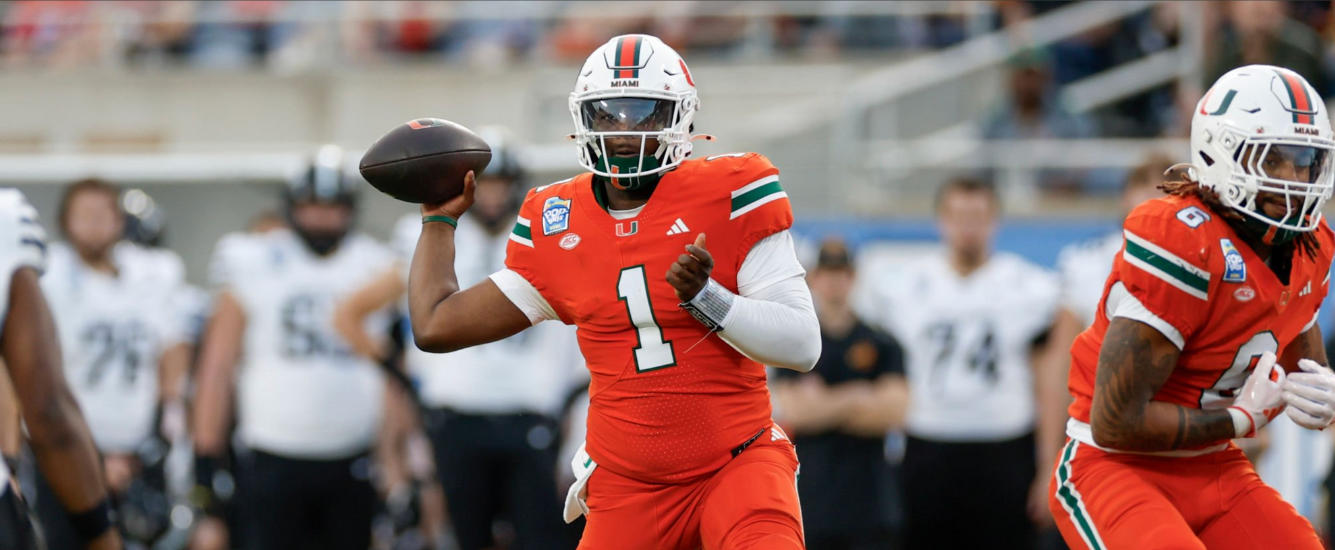While impassioned debates carry on about the ideal strategies for running backs, wide receivers, and tight ends in Underdog’s Best Ball Mania (BBM) contests, quarterback strategy seems to have reached consensus. More than 95% of teams in BBM history have selected two or three quarterbacks. On the surface, it seems reasonable to take at least two QBs to ensure you have coverage for bye weeks and injuries. But what if your top QB is among the elite at the position? What if you knew they wouldn’t miss time due to injury?
I’m going to be using a massive 12 million team simulated dataset to explore the depths of QB strategy. Simulated data is particularly useful for investigating QB constructions because it gives us many more data points on rare strategies, such as single QB. If you want to know more about how that dataset was created and see my analysis of WR strategy, check out my first article in this series: WR Early And Often Has Dominated Best Ball Mania But Is That A Historical Fluke? Simulating Thousands Of Seasons And Millions Of Teams To Find The Answer.
Quarterback Strategy is Fundamentally Different from Other Positions
Quarterback strategy is unique because it’s the only position in BBM where you can only use a single score each week. While you’d typically only use a single score at TE as well, it’s possible to use a second score in the flex. This is a subtle but important dynamic. It effectively eliminates builds with more than three QBs entirely. Those builds have historically performed extremely poorly, so we won’t be analyzing them in this article. That leaves single-QB builds as the only contender to the currently dominant two- and three-QB strategies.
Single-QB builds are intriguing because they seem efficient on the surface. If you draft an elite QB that stays healthy and scores consistently, you unlock another roster spot to use elsewhere. From a game theory perspective, this could be an effective strategy in a contest where you need outlier outcomes to access the top prizes.















